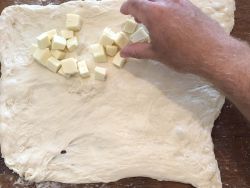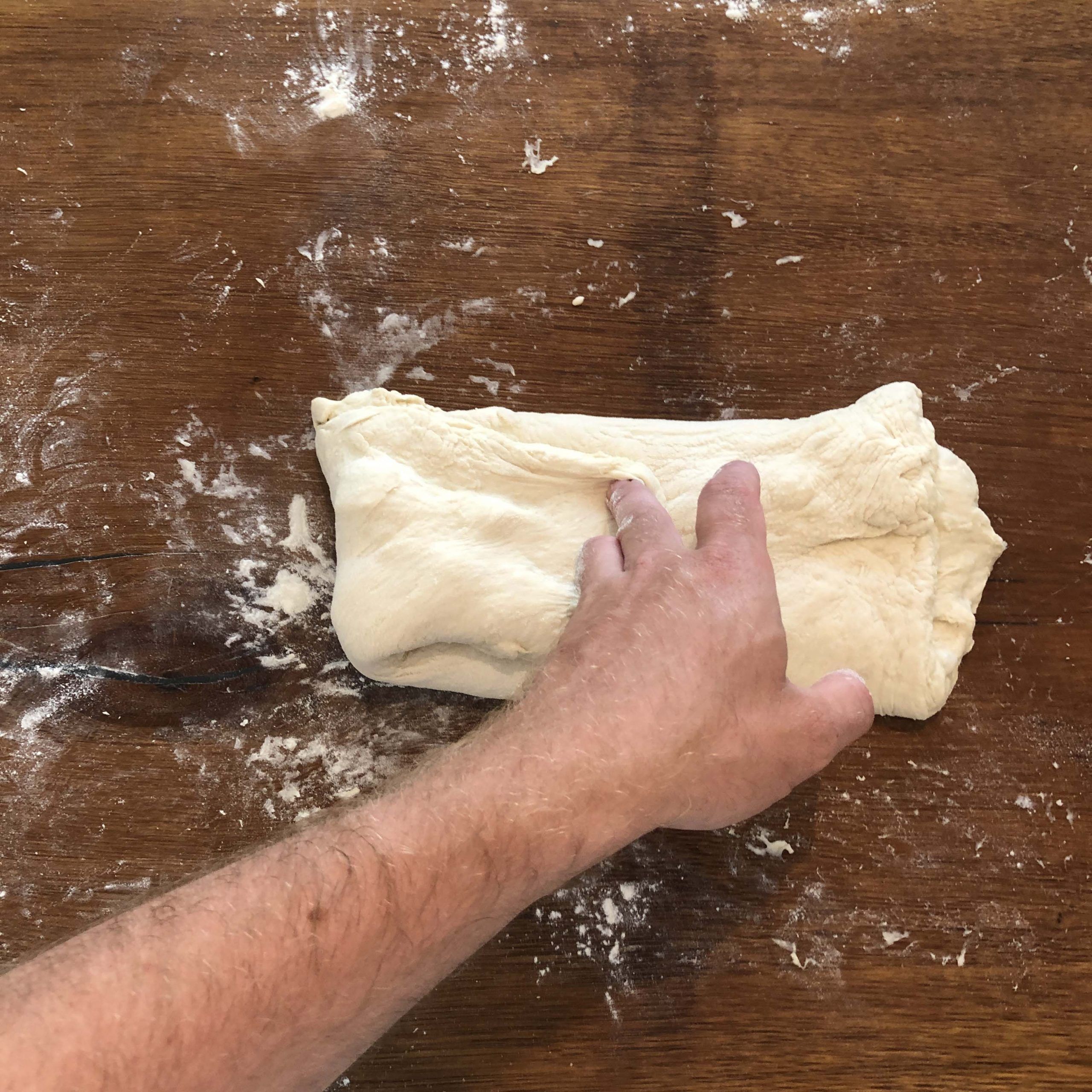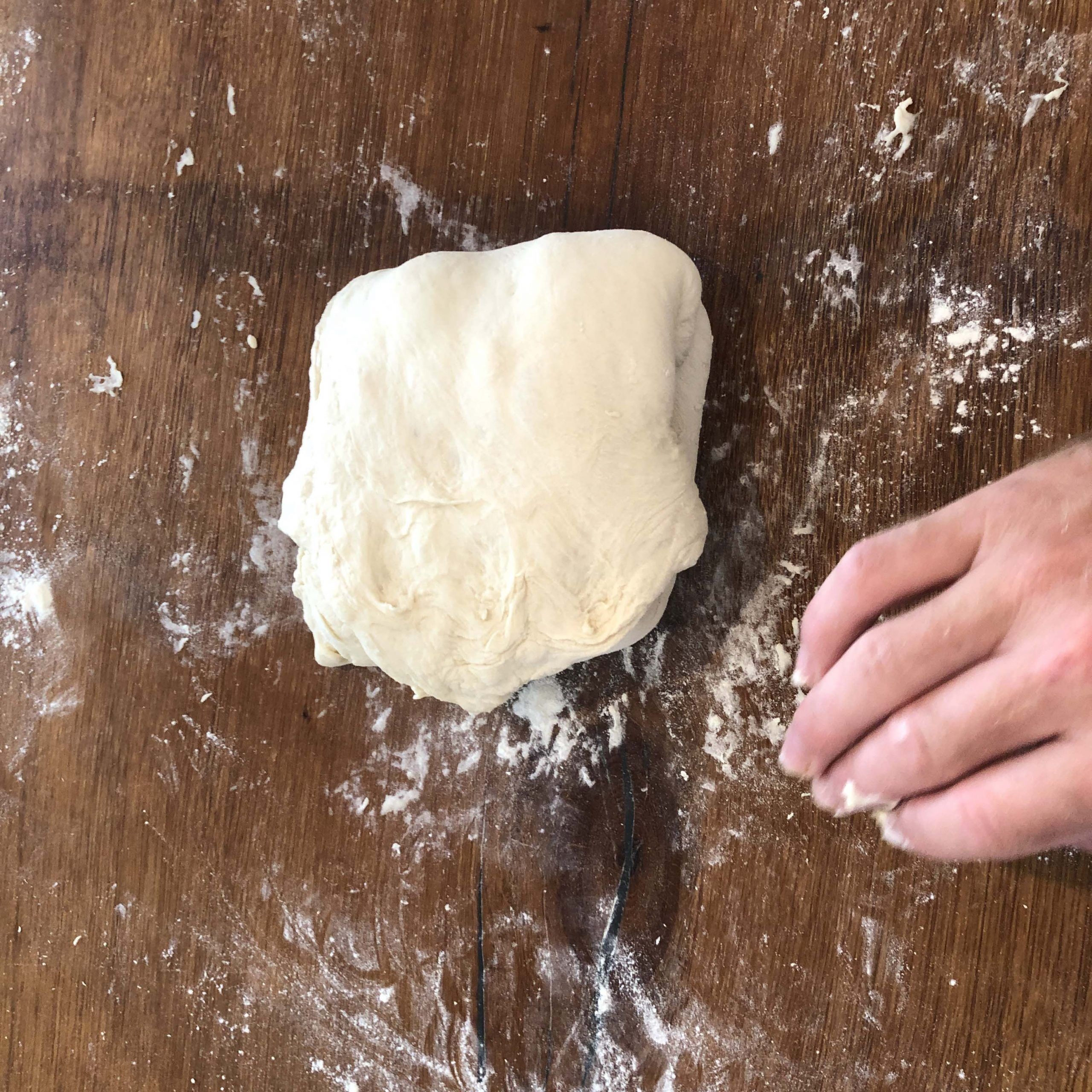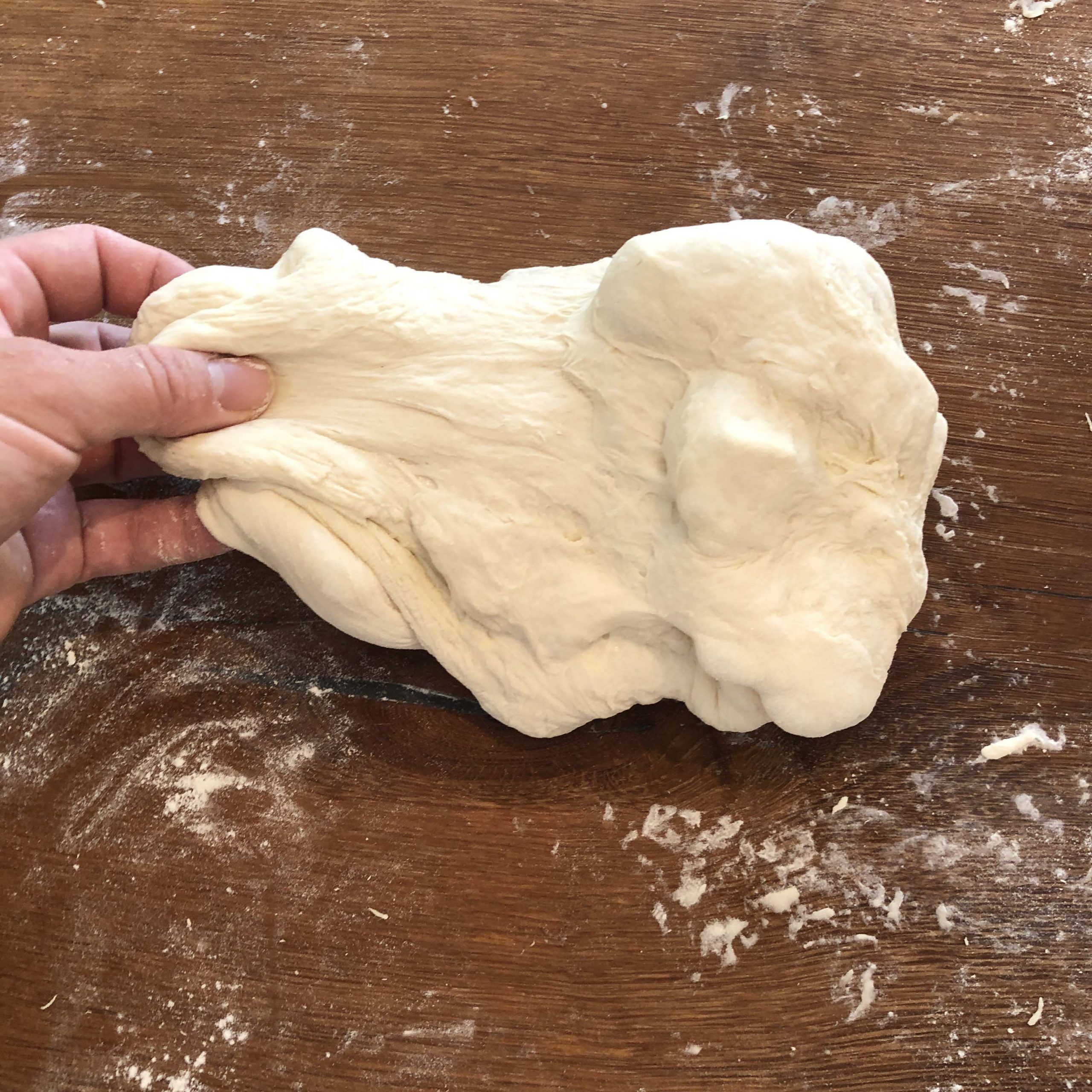
How To Add Seeds, Cheese, Olives, Fruit (& more) To Bread Dough

Adding seeds, olives, fruit, cheese, nuts or any other inclusion into bread dough is a fantastic way to personalise your homemade range. Many types of bread sold in bakeries include extra ingredients like this to change up a recipe and add a little sparkle. But, when should you add these ingredients? Today we are going to cover the best time to olives, dried fruit, cheese and many other additions to bread dough, how to add them and a few other pro tips I’ve used or seen.
When should I add these ingredients to the dough?
The common roadblock many bakers hit in this situation is at what point should they introduce the extra ingredients to the dough, so I thought I’d write this post to help.
The first question you must ask is:
Will it matter if the ingredients crush?
Some inclusions such as seeds are ok if they get crushed, often breaking them into smaller pieces is preferred so they can be added to the dough at the start of kneading or after the autolyse if you plan to do one. The flavour from the seeds gets dispersed throughout the dough a little more if they are added at the start of kneading. Oils and flavours get dispersed, flavouring the bread throughout.
Ingredients that shouldn’t be crushed
For many ingredients, we don’t want to crush them. In the case of fatty or salty additions such as cheese and sun-dried tomatoes we also need to be careful that their inclusion does not interfere with the creation of the gluten structure.
Fat lubricates the gluten making it harder for the dough to form. Salt slows dough the action of fermentation. Delaying these ingredients is really helpful, let’s take a look at when is the right time to add ingredients like this.
When should extra ingredients be added to the dough?
For ingredients that can be crushed such as some seeds and grains, these can go into the mix at the start of kneading, or after the autolyse. For other ingredients, we want to wait until the gluten has developed until we introduce them to the dough. Choosing the right time to add these ingredients demons on the method we are following. There are the main three methods used to make bread:
Fast bread
When the dough has a long knead time, it will have a fairly quick bulk fermentation. In this case, add the ingredient at the end of mixing by slowing down the mixer speed to avoid the ingredient breaking.
Standard bulk fermentation
If using prefermented flour, the mixing time is reduced to prevent the flour from becoming over oxygenated. In this instance, the bulk fermentation is a medium length, typically 3-5 hours. If using a method similar to this I have found the most success is when adding the extra ingredients after an hour of bulk fermentation. I’ll add them to the dough when I do a stretch and fold. When using the autolyse method check the instruction in the extended bulk fermentation column when using the table below.
Extended bulk fermentation
Many sourdough bakers use the “no-knead” Tartine method to make bread. This way removes kneading from the method instead of favouring multiple stretch and folds in quick succession to develop the dough. After 2-4 hours of regular stretch and folds (every 20 minutes or so), the dough is left to bulk ferment either in the fridge or on the counter overnight.
It’s at the second last of the series of stretch and folds that the extra ingredients should be added. This allows two folds to integrate the ingredients in the dough whilst enough time for the dough to mature before the addition.
When to add extra ingredients timeline
As with pretty much everything in baking, the rules can always be broken. But here’s a table showing when is generally the best time to add the majority of ingredients:
|
Ingredient |
Fast Bread |
Standard Bulk Fermentation |
Extended Bulk Fermentation |
|---|---|---|---|
Olives | End of mixing | 1 hour into bulk fermentation | 2-4 hours into bulk fermentation |
Cheese (large chunks) | Before shaping | Before shaping | Before shaping |
Cheese (small pieces/gratings) | End of mixing | End of mixing | During the first stretch & fold |
Fine Seeds | Start of mixing | Start of mixing | After autolyse |
Large Seeds | End of mixing | End of mixing | After autolyse |
Nuts | End of mixing | End of mixing | After autolyse |
Chilli Flakes | Start of mixing | Start of mixing | After autolyse |
Sun-dried Tomato | End of mixing | 1 hour into bulk fermentation | 2-4 hours into bulk fermentation |
| Malted Wheat Flakes | Start of mixing | Start of mixing | Before autolyse |
Bran | Start of mixing | Start of mixing | Before autolyse |
Cheese Topped Bread | When Shaping | When Shaping | When Shaping |
Potatoes | Start of mixing | Start of mixing | After autolyse |
Oats | Start of mixing | Start of mixing | After autolyse |
Hardy Herbs | End of mixing | End of mixing | First stretch & fold |
Herb Leaves | End of mixing | 1 hour into bulk fermentation | 2-4 hours into bulk fermentation |
Chocolate Chips | End of mixing | 1 hour into bulk fermentation | 2-4 hours into bulk fermentation |
Soft Fruit | Before shaping | Before shaping | Before shaping |
Dried Fruit | End of mixing | 1 hour into bulk fermentation | 2-4 hours into bulk fermentation |
Techniques used to add extra ingredients
Adding the ingredient at the start of mixing
For the ingredients that go into the dough at the start of kneading it’s self-explanatory, you just add them to the bowl along with the other ingredients. It is wise to check the hydration of the dough throughout the kneading process to ensure the ingredient doesn’t absorb or leak too much moisture.
At the end of kneading
For items that are added at the end of mixing the speed of kneading is slowed down and the ingredient is added. Kneading should still be kept short, just one or two minutes to prevent the ingredient from being crushed. When using a dough mixer it may have a bowl rotation change button which can be used halfway through. This button switches the direction that the bowl moves which helps the ingredient evenly disperse. If after this time the dough is not evenly distributed the dough can be folded on the table.
Incorporating the addition during bulk fermentation
If the ingredient should be added near the start of the bulk fermentation or the end, the method is just the same.
Flatten the rested dough on the table as wide as possible. Leave the dough to relax for 5-10 minutes and come back and stretch it out again.



Place the ingredient on the top half of the dough and fold the bottom section of the dough over the top to sandwich the ingredient.




Stretch the left-hand side and fold it over itself to the middle.


Pull the right side over to make a cube-like shape. Push the down to flatten it slightly. Place back in the bowl or leave it on the table to continue bulk fermentation.




For a more thorough incorporation:
Repeat this folding routine 10 minutes later to help the ingredients disperse evenly.




Adding the ingredient before shaping
At the end of bulk fermentation complete the above method of incorporating the ingredient. Wait ten minutes and repeat the folding process as described and divide and pre-shape straight away.
Top tips for adding extra ingredients to the dough
When I say extra ingredients, I mean ingredients that do not dissolve into the dough and that don’t categorise in the flour, water, salt, yeast, fat or sweeteners areas of ingredients.
- Some ingredients, such as seeds, dried fruit, grains and nuts, will soak water up. More water should be added to the mix to compensate and the ingredients are usually best added early in the bulk fermentation or at the end of mixing.
- If the ingredient will absorb water, consider soaking them the night before in a small amount of water or alcohol. This technique is called a soaker and can improve the taste and texture of the ingredient included.
- Olives and other ingredients that are soaked in water or brine can be slippery to be incorporated. A small handful of flour can help incorporate through adding flour late on is never preferred. Introduce these ingredients early on after mixing and give them time to naturally disperse in the dough.
Ending thoughts on adding ingredients to bread dough
Hopefully, you have everything you need to know about adding extra ingredients to your dough now. What ingredient will you be adding? And, is there anything that I have missed? Let me know in the comments below.
If you’ve enjoyed this article and wish to treat me to a coffee, you can by following the link below – Thanks x

Hi, I’m Gareth Busby, a baking coach, head baker and bread-baking fanatic! My aim is to use science, techniques and 15 years of baking experience to help you become a better baker.
Table of Contents
Related Recipes
Related Articles
Keep up to date with the latest Articles, Recipes & Bread Baking info by joining my mailing list
Join The Weekly Bread Baker's Newsletter!
Latest Articles
Baking Categories
Disclaimer
Address
8 Woodland Avenue,
Worthing
West Sussex
BN13 3AF
UK







